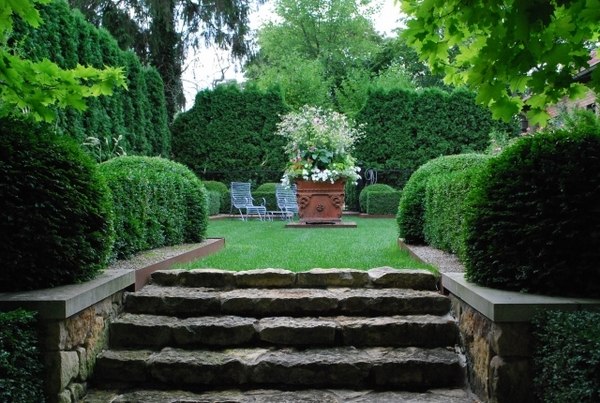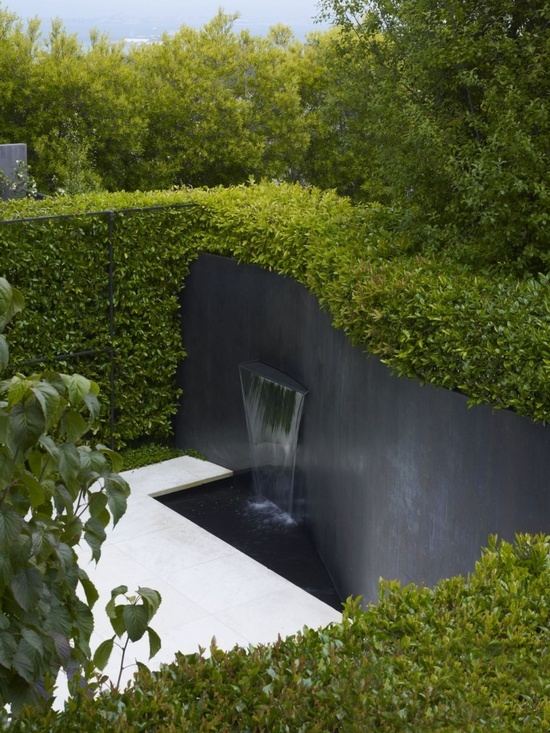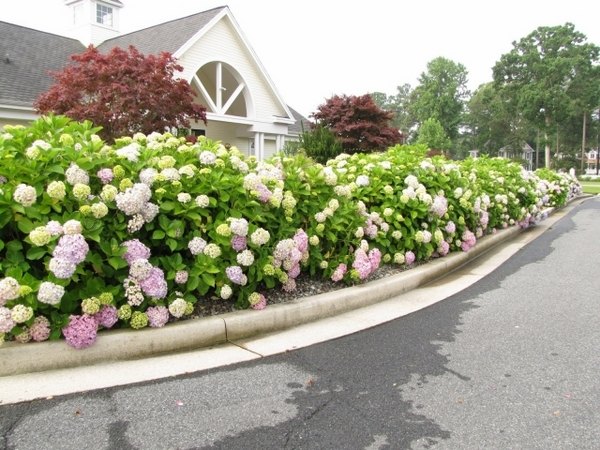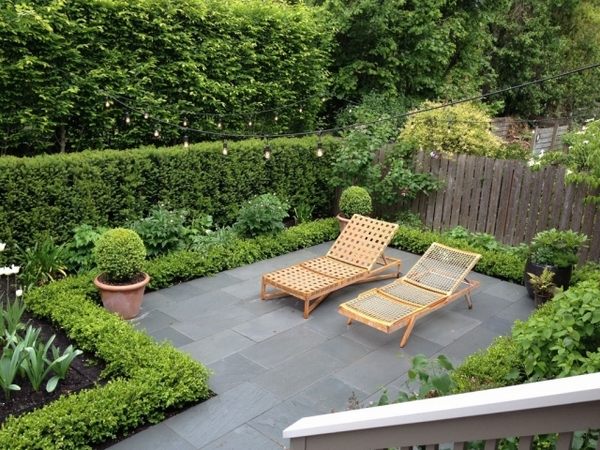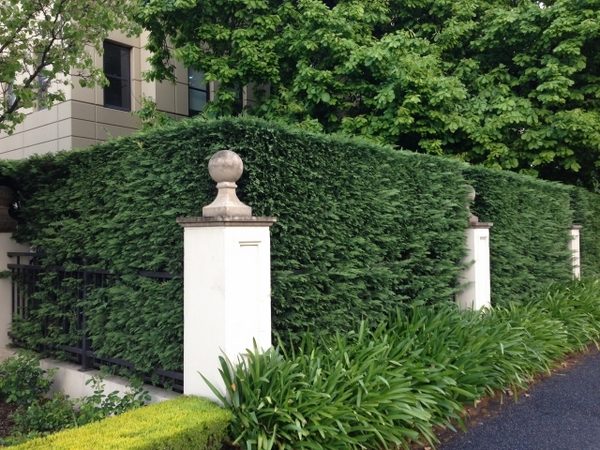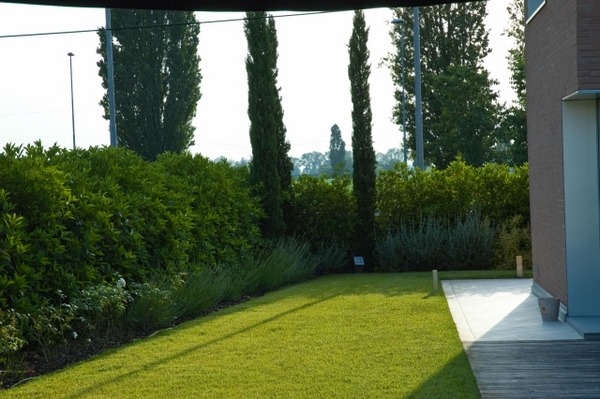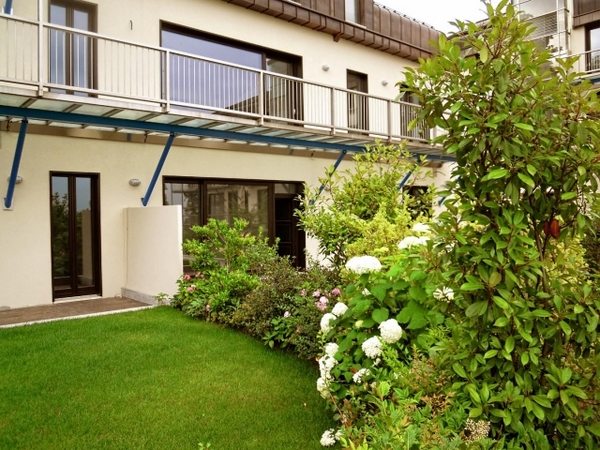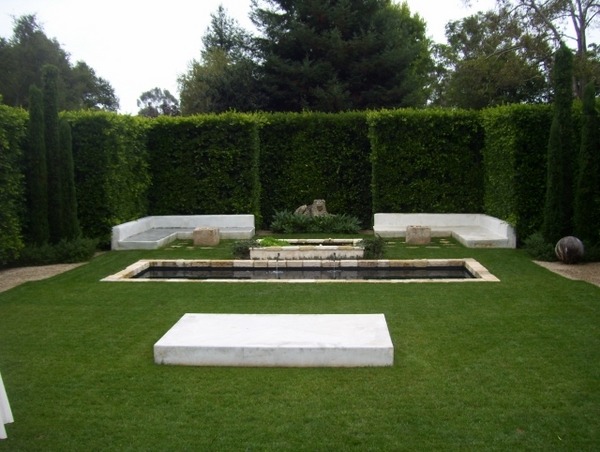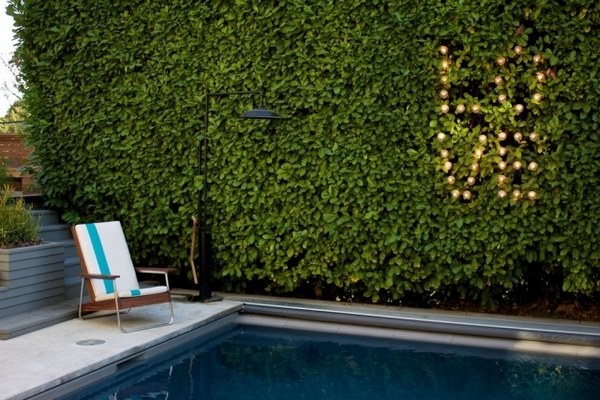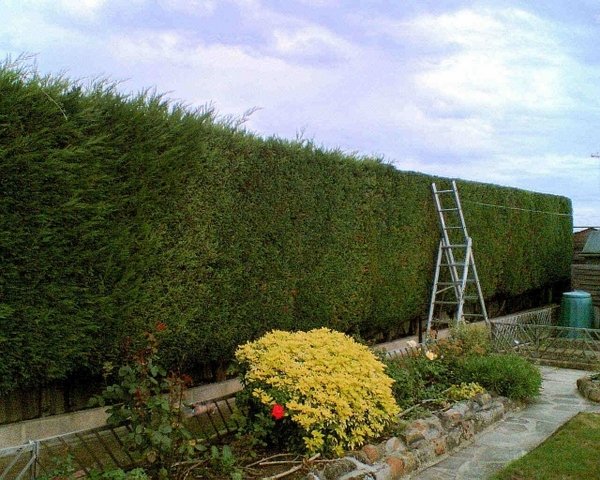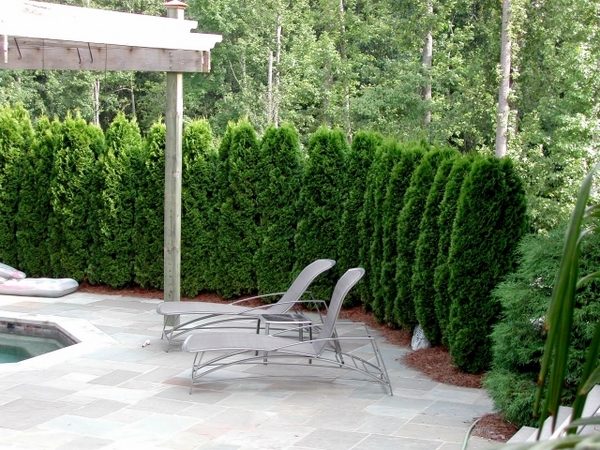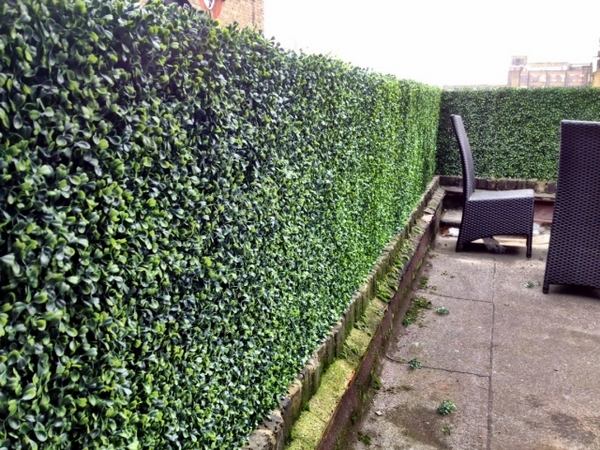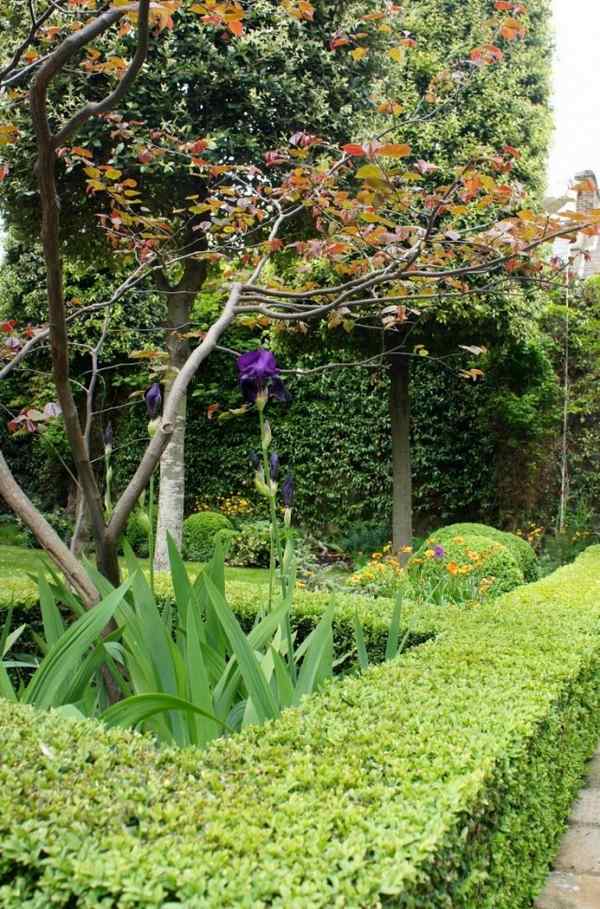If you have a beautiful garden landscape, you should also think about how you can protect your privacy in the best way. Today we will discuss some ways and try to be you of maximum help, so that you can secure your privacy. The garden privacy hedge is a particularly popular option.
You can grow an interesting garden privacy hedge using the education you need, right after the planting of the selected green plants. In the first year the young plants grow freely, then you will cut only vertical branches. During the second year, in spring, slow or fast growing plants reach a height of 5-10 cm up to 15 cm, then you can cut the young shoots and also trim some of the the wild-growing side branches.
In the following years, it is desirable, that pruning is done to new buds, while you need to keep the same plant height. After that, you can cut 10-20 to 30 cm from the side walls of the garden privacy hedge until you reach the desired shape. Later, all you have to do is maintain the shrubbery. The pruning needs to be done 3-4 times. When pruning the living fence, you can use large metal shears, saws or other tools.
For ornamental plants, you can create a rich variety of different forms: round, pyramid, cone-like, etc. Creating specific forms requires technical knowledge and skills, skillful craftsmanship and long time, especially when it comes to the slow-growing species such as yew, boxwood, etc. The shaping begins with the cultivation of ornamental plants. The best and most interesting forms you can achieve with small, two-three-year-old plants. Potted plants are allowed to grow freely in the first year. If they do not grow well, then do not cute them for another year.
No matter what plants you have chosen for the privacy fence in the garden, you have to bear in mind that over the years hedges may change, sometimes rather quickly. Many of the branches dry out, new buds coming on, which develop into new shoots and branches. Sometimes it is not necessary that the vegetation is too dense, so you need to cut some 10-15 cm of the branches of existing hedges from the soil surface. This will lead to the awakening of dormant buds and your greenery wall will rejuvenate itself. The most important thing is the end result: you have a beautiful green fence and are properly protected from prying neighbors. Whenever you look at it, you can be really proud of your work and the final result!
There are many options and it is up to your taste which plants to use for your privacy hedge. Boxwood is one of the most popular options. It can be shaped into perfect geometric forms and bears frequent shearing with ease. Arborvitae is another widely used plant as it grows 10-15 feet tall. Holly is also a suitable plant which offers an additional bonus of red or orange berries and become a decor for the garden. Glossy Abelia, Japanese Barberry, Euonymus, Juniper, Privet, Scarlet Firethorn – all these plants are also a fantastic option.

